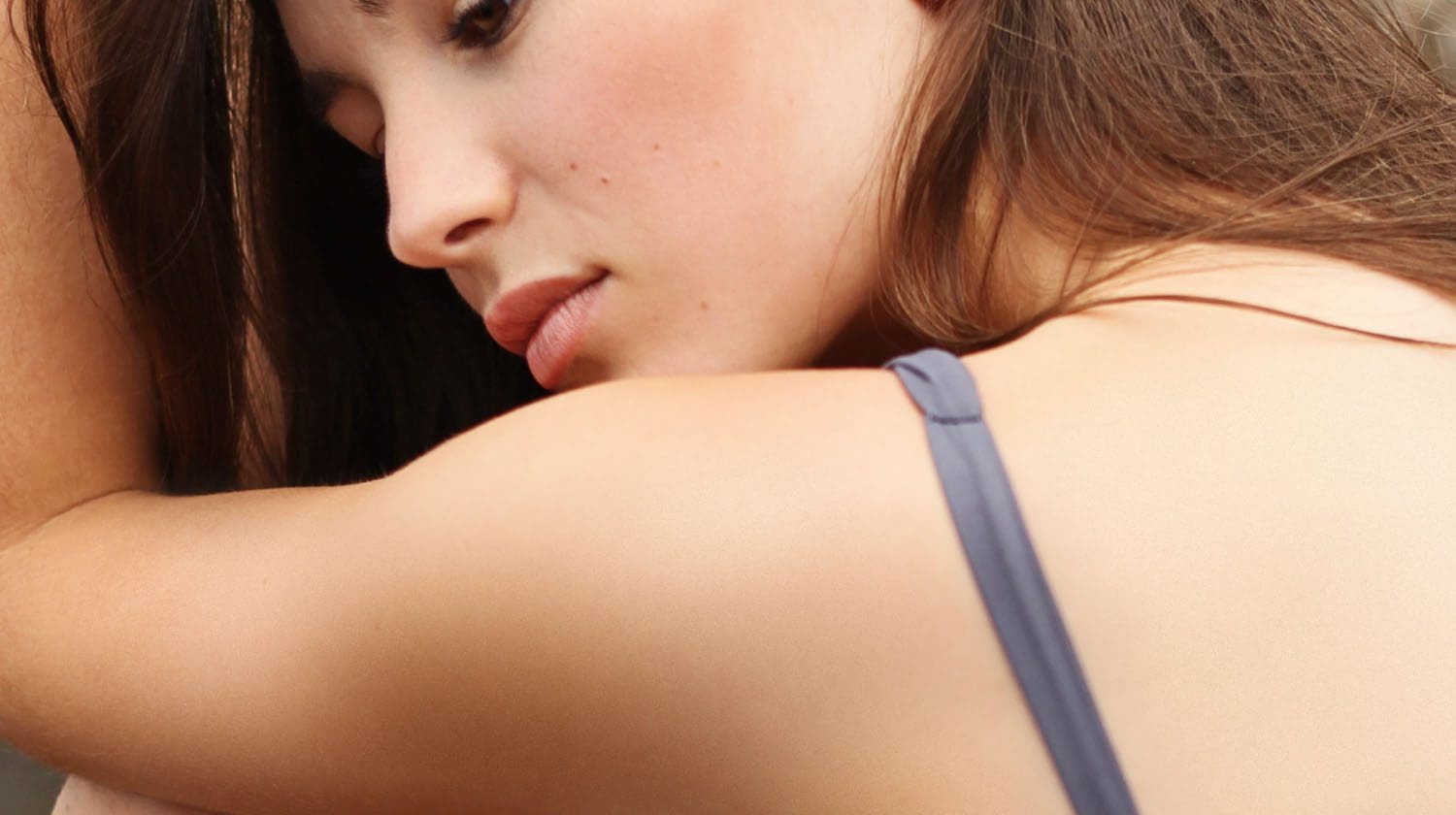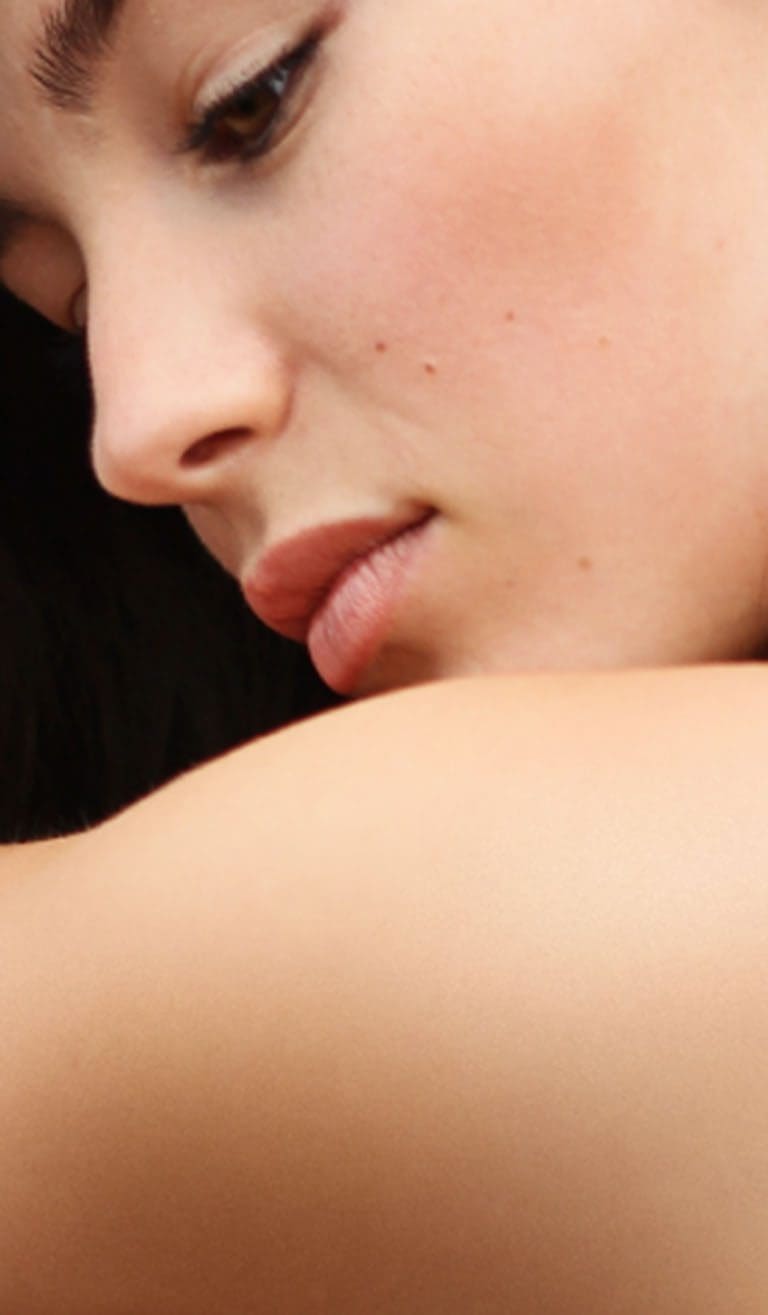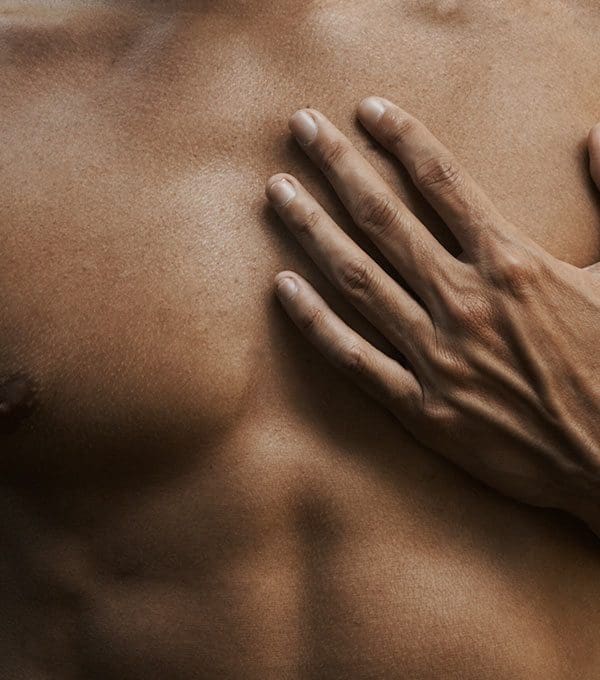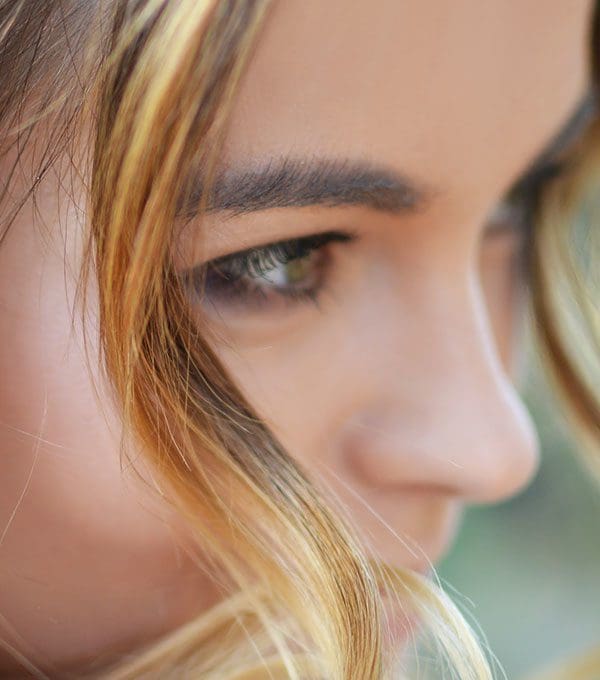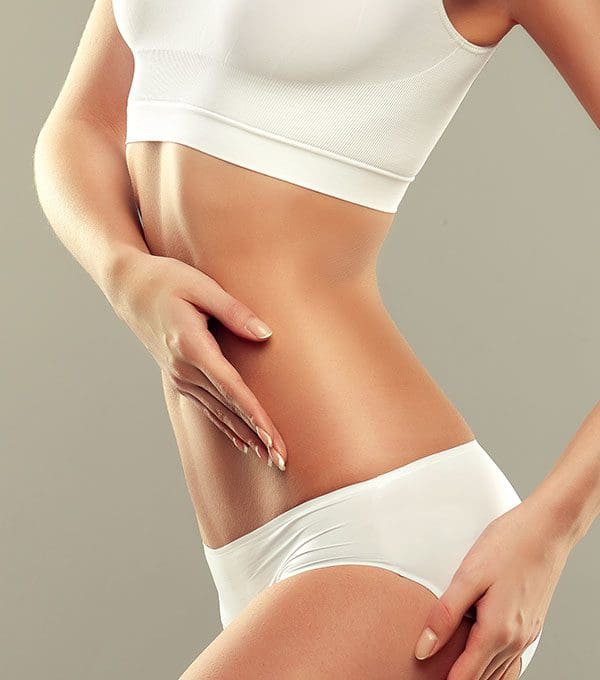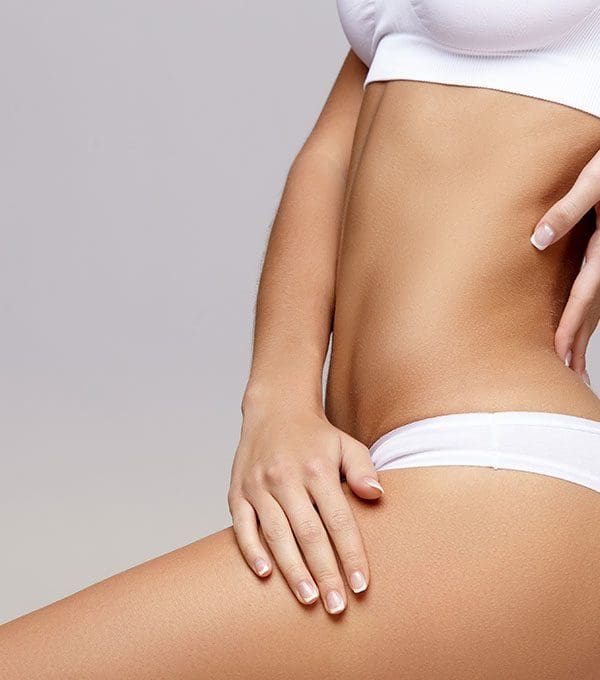Cosmetic Dermatology
The effects of smoking on your skin
It’s a well-established fact that smoking is not good for you; smoking is responsible for a large proportion of UK deaths every year, including over a quarter of cancer deaths, and one third of respiratory deaths. Indeed, with the ill-effects of smoking first being closely studied in the 1950s, we’re rapidly approaching a time period where all living smokers started their habit while being fully aware of smoking’s extremely harmful effects. This directly implies that smokers are at peace with the terminal damage that smoking can cause; which also implies a lack of familiarity with the other, equally insidious, though less lethal, cosmetic side effects of smoking.
Ageing and degrading the skin
It’s important to note that, as with pretty much every detrimental aspect of smoking, the skin conditions that we’ll discuss in this section are (with the exception of yellowing fingers) not unique to smokers; smoking generally just massively increases susceptibility to conditions such as these.
One of the most general observations made on the difference between the skin of an average person, and the skin of a smoker, is that a smoker’s skin seems to have aged at a greater rate. While the correlation between advanced skin ageing and smoking has been proven to be undeniable, the specific mechanisms at work are still up for debate. The reduction of vitamins A and C in the body caused by smoking has been posited by some as the primary cause of this ageing, while the narrowing of sub-dermal blood vessels, which can lead to a loss in skin elasticity and collagen, have also been suggested as the central cause. The heat from the cigarettes themselves has also been suggested as a potential cause of hastening skin damage, particularly in the case of the ‘smoker’s lines’ that develop around the mouth of seasoned nicotine puffers.
Unfortunately, the damage that can be potentially caused to the skin by smoking is not limited to advanced ageing; there are a range of other conditions that are far more common amongst smokers than those that don’t. Smokers are generally more susceptible to warts and other viral infections; and can also expect a slower rate of healing, along with more pronounced scars. Stretch marks are another more common ailment amongst smokers, caused in a similar way to one of the hypothesised causes of premature skin ageing; smoking damages the connective tissue and fibre of the skin, robbing it of strength and elasticity. This lack of elasticity, combined with nocturnal nicotine withdrawal robbing smokers of sleep, is what causes more pronounced bags under the eyes of many smokers. Smoking generally discolours a person’s skin pigmentation over time, providing an unhealthy looking grey pallor, as well as staining fingers yellow, and increasing the chances of suffering discolouring and disfiguring dermatological conditions like psoriasis.
Cosmetic dermatology offers the answer
Fortunately, there’s a solution for smokers who are in the process of, or are not quite ready, to give up the habit; cosmetic dermatology can restore the expected or relative youth of the skin of even the most frequent smoker. Certain treatments are able to directly target specific negative smoking side effects; tear trough filler, for example, is the perfect solution to the bags that often form under the eyes of smokers. We also recommend the usage of Botox* for smoker’s lines, while lip enhancements can also make a positive difference; both return definition to the mouth area, counteracting the loosening and wrinkling of skin that smoking produces.
As well as being used for smoker’s lines treatment, Botox*can also be used to undo general skin ageing where smoking has accelerated its effects, smoothing and redefining affected areas. Other treatments can achieve similarly rejuvenating results, such as skin peels or mesotherapy; both of which are notable for their ability to refresh and renew tired, worn skin. While they can undo some of the damage inflicted by smoking, it’s necessary to note that they do not constitute a cure, nor a full proof preventative measure. If an individual continues smoking, any symptoms that cosmetic dermatological procedures have alleviated are liable to eventually return.
* – Botox is a Prescription Only Medicine and is one treatment option that may or may not be prescribed to you following a thorough medical consultation. Prices for Botox treatment are indicative and include both the issuing of a prescription and administration of the medicine.
-
